Spooky Cinema: Vulture’s Top Picks for Halloween
Lillian Crawford reveals her top eight picks in anticipation spooky season
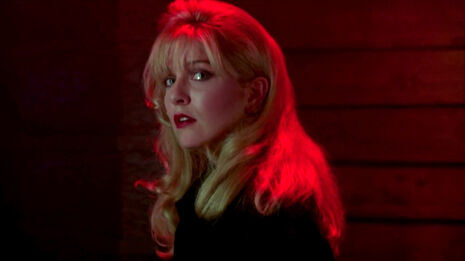
Many people on October the 31st will settle down to a B-movie without any intention of being scared. However, should you prefer to frighten away the satanic spirits with some visceral chills, this list might be better guidance.
Rather than slasher flicks and streams of jump scares, I have selected a range of accessible pictures which seek to perturb and question human nature. Spanning from the early days of German expressionism right up to contemporary melodrama, the bouts of introspection will be lightened by the occasional romp and a dose of black humour. Whether you only have a fifteen-minute break between studies or plan to set a day aside for a macabre movie marathon, there should be something here to satisfy your dark curiosities. Viewer caution advised.
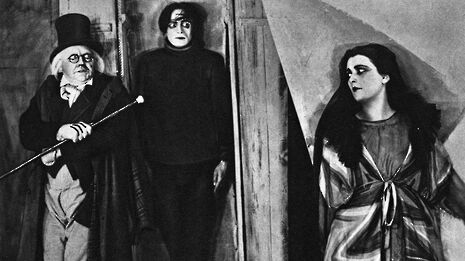
Das Cabinet des Dr Caligari (1920)
The German expressionism of the 1920s was forged in the hellfire of World War One, and few films better represent the jarred perception of reality it invoked than this. Its creators, Hans Janowitz and Carl Mayer, wanted to use cinema to encourage popular pacifism with a story about the crazed Dr Caligari who would hypnotise the somnambulist, Cesare, to commit crimes. Upon being caught, he would go to an asylum, wherein lay the original twist – Caligari was actually the director of the asylum, making the film a poignant statement on the insanity of authority.
However, once the film was adapted by Erich Pommer and handed over to Robert Wiene to direct, the plot was changed to make this twist the delusion of the protagonist, warping the message to suggest that it was not authority figures who were mad, but those who believed they were. It is worth watching for Hermann Warm’s set design alone, which conveys the same jagged abstraction as the best-known painters of the expressionist movement, especially Lyonel Feininger and Wassily Kandinsky. There is something truly revolutionary at work here, brimming with a post-war dread that remains alarming today.
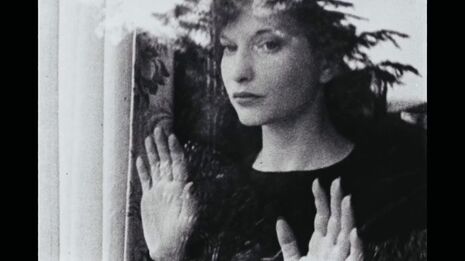
Meshes of the Afternoon (1943)
There are a number of excellent short films I could have included on this list, but few inspire such a harrowing sense of life’s futility as this American experimental piece. It is an example of a ‘trance film’, and much like Dr Caligari it is an hallucination with tediously nightmarish qualities. Maya Deren, who directed the film with her husband Alexander Hammid, plays the lead being pursued by a cloaked figure with a mirror for a face, reflecting the darkest thoughts of the subconscious into reality. It is smattered with symbolism, with recurring shots of keys and knives spiralling almost to the point of banality. Its avant-garde depiction of the troubled female soul would inspire the birth of New American Cinema in the 1940s, and is also discernible in several films by David Lynch.
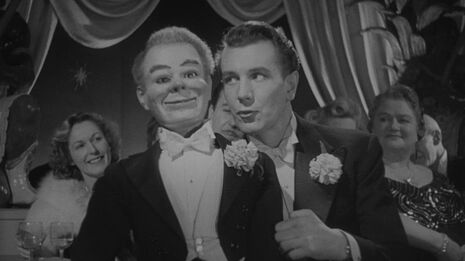
Dead of Night (1945)
Ealing Studios had, in the 1930s, been dominated by the comedies and musicals of Gracie Fields and George Formby, before launching into a series of realistic military dramas during the Second World War. While today the comedies of the late ‘40s and early ‘50s, such as Whisky Galore! and The Ladykillers, dominate popular memory of the studios, a number of the films produced under Sir Michael Balcon have a supernatural theme. British horror would come to be dominated by Hammer in the following decade, but in 1945 Ealing stalwarts and newcomers Alberto Cavalcanti, Robert Hamer, Charles Crichton, and Basil Dearden came together to direct one of the very first horror anthology films. With its stories focusing on a haunted mirror, a ghost at a Christmas party, and the iconic living ventriloquist dummy, it continues to inspire horror, notably this year’s Ghost Stories, in the 21st century. An essential piece of British cinema history that reflects on the emasculating power of post-war social anxiety.
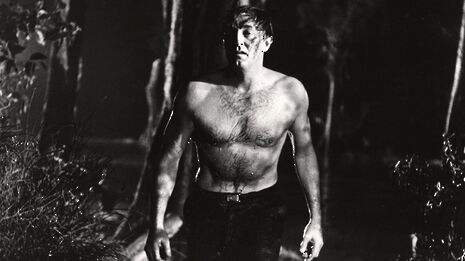
Cape Fear (1962)
Forget the 1991 Martin Scorsese remake – this Hitchcockian J. Lee Thompson original is proper hair-raising cinema. With little reliance on visual horror, Cape Fear works in shadows and slowness, obscuring the raw evil of the Robert Mitchum-played antagonist, Max Cody. Even the great Gregory Peck fails to inspire the usual comfort audiences feel in his presence, as it gradually becomes clear that the criminal whose prison sentence he had guaranteed several years before will stop at nothing to destroy his family. It is a work worthy of Alfred Hitchcock himself, who initially storyboarded the plot but left the project over a dispute. This is no doubt aided by a cracking Bernard Hermann score, who I have long believed to be the true ‘Master of Suspense’.
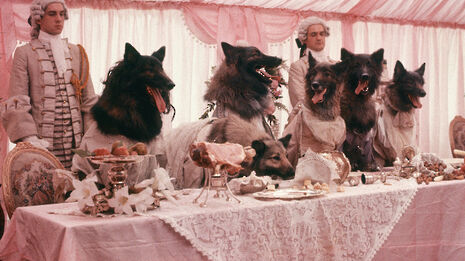
The Company of Wolves (1984)
The revival of British art cinema in the mid-1980s gave rise to some incredible aesthetic accomplishments, particularly in the films of Peter Greenaway and Derek Jarman, including this Neil Jordan-directed Gothic horror. The colourful misty sets and jaw-dropping visual effects elevate Charles Perrault’s original tale of Little Red Riding Hood beyond even that of Angela Carter’s short stories in The Bloody Chamber, upon which the film was based. Indeed, Carter worked with Jordan on the screenplay to do justice to the feminist critique so central to her tales published in 1979. The result is a powerful and frightening exploration of patriarchal predatory behaviour that also gave impetus to the Wolf’s song ‘Hello Little Girl’ from Into the Woods by Stephen Sondheim.
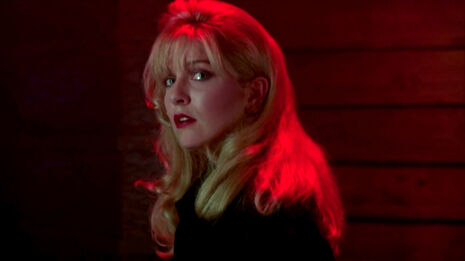
Twin Peaks: Fire Walk With Me (1992)
Much of David Lynch’s filmography could make the list, from Mulholland Dr. to Inland Empire, but it is this prequel to the television series Twin Peaks that perhaps comes closest to horror. While there are undoubtedly malevolent spirits at work in the seemingly peaceful town, it is the tangible, realistic abuse Laura Palmer faces in the days before her death that digs deepest beneath the skin. The charm and humour of Kyle MacLauchlan’s Dale Cooper is quickly cast aside to revel in darkness, thematically driven by the moody jazz of Angelo Badalamenti’s score. Sequences border on the psychedelic, including a scene in a night club which gives provocateur Gaspar Noé a run for his money, and a climactic cacophony of phantasmagoria that rattles every sense. It is no wonder that it garnered boos at Cannes in 1992, audiences unprepared for such a radical shift that now, in light of the show’s third season which aired last year, feels comparatively tame.
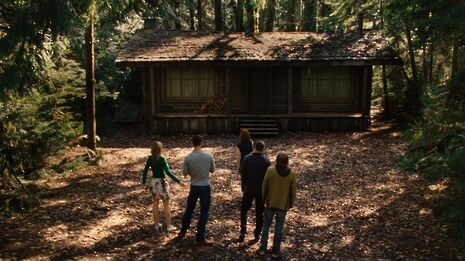
The Cabin in the Woods (2012)
Director Drew Goddard’s latest film, Bad Times at the El Royale, has only just been released. It is a fine pastiche on pulpy American gangster drama, that if nothing else features a shirtless Chris Hemsworth. So too does Goddard’s first, and far superior, feature, which is itself a satirical play on the tropes of torture porn and the slasher genre. It is essentially a scaled down, rustic Battle Royale that pits a host of horror staples against a gang of horny, stoned youths. From zombies to unicorns, via the tooth fairy and Sigourney Weaver in cameo (the only form of role she seems capable of playing anymore), it is a wild and often raucous ride through the history of the genre. If the other items in the list prove a little taxing, this will make for a lighter interlude.
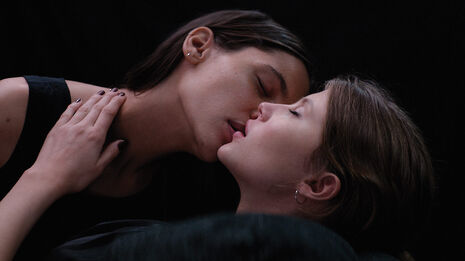
Thelma (2017)
Horror seems to be in the grips of a renaissance, most of which has been gratuitously overrated (The Babadook, It Follows, Get Out), but there has been a sprinkle of devastating pictures. This return for Joachim Trier to Norwegian soil after the English-language Louder Than Bombs certainly trumps those pictures by many a chilling mile, and will strike a chord with any conflicted student. There are moments of physical fear that force one toward the edge of the seat, including a medically induced seizure reminiscent of the only decent scene in The Exorcist when Regan undergoes a lumbar puncture, but it is the psychological turbulence that resonates most ferociously.
As Thelma, played perfectly by Eili Harboe, comes to terms with epilepsy, she must also adjust to university life under the constant judgement of her overbearing evangelical parents. Their phone calls inspire a self-loathing that is often hard to watch, beating herself up over enjoying a drink with friends or admitting her attraction towards a fellow female student. The literal depictions of angst through the supernatural represent the calamitous impact one believes such dysphoria is having on the world around them – a bird crashing into a library window, a giant chandelier lurching forward at the ballet at the suggestion of sexual intimacy. Feelings far more terrifying than men in masks waving phallic chainsaws at half-naked teenage girls.
 Comment / Plastic pubs: the problem with Cambridge alehouses 5 January 2026
Comment / Plastic pubs: the problem with Cambridge alehouses 5 January 2026 News / Cambridge businesses concerned infrastructure delays will hurt growth5 January 2026
News / Cambridge businesses concerned infrastructure delays will hurt growth5 January 2026 News / Cambridge academics stand out in King’s 2026 Honours List2 January 2026
News / Cambridge academics stand out in King’s 2026 Honours List2 January 2026 Interviews / You don’t need to peak at Cambridge, says Robin Harding31 December 2025
Interviews / You don’t need to peak at Cambridge, says Robin Harding31 December 2025 News / AstraZeneca sues for £32 million over faulty construction at Cambridge Campus31 December 2025
News / AstraZeneca sues for £32 million over faulty construction at Cambridge Campus31 December 2025









